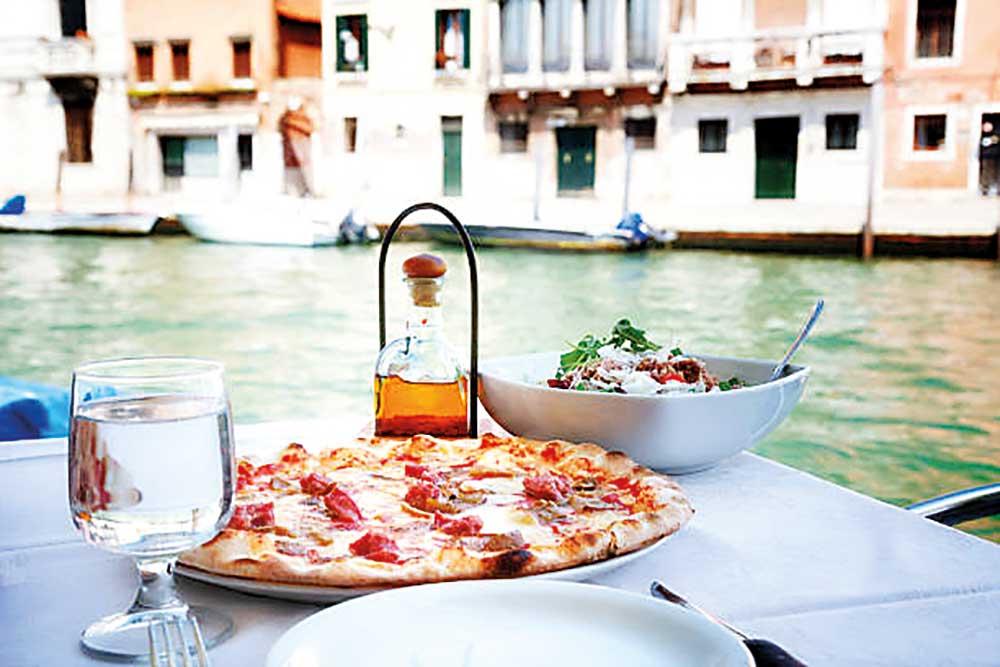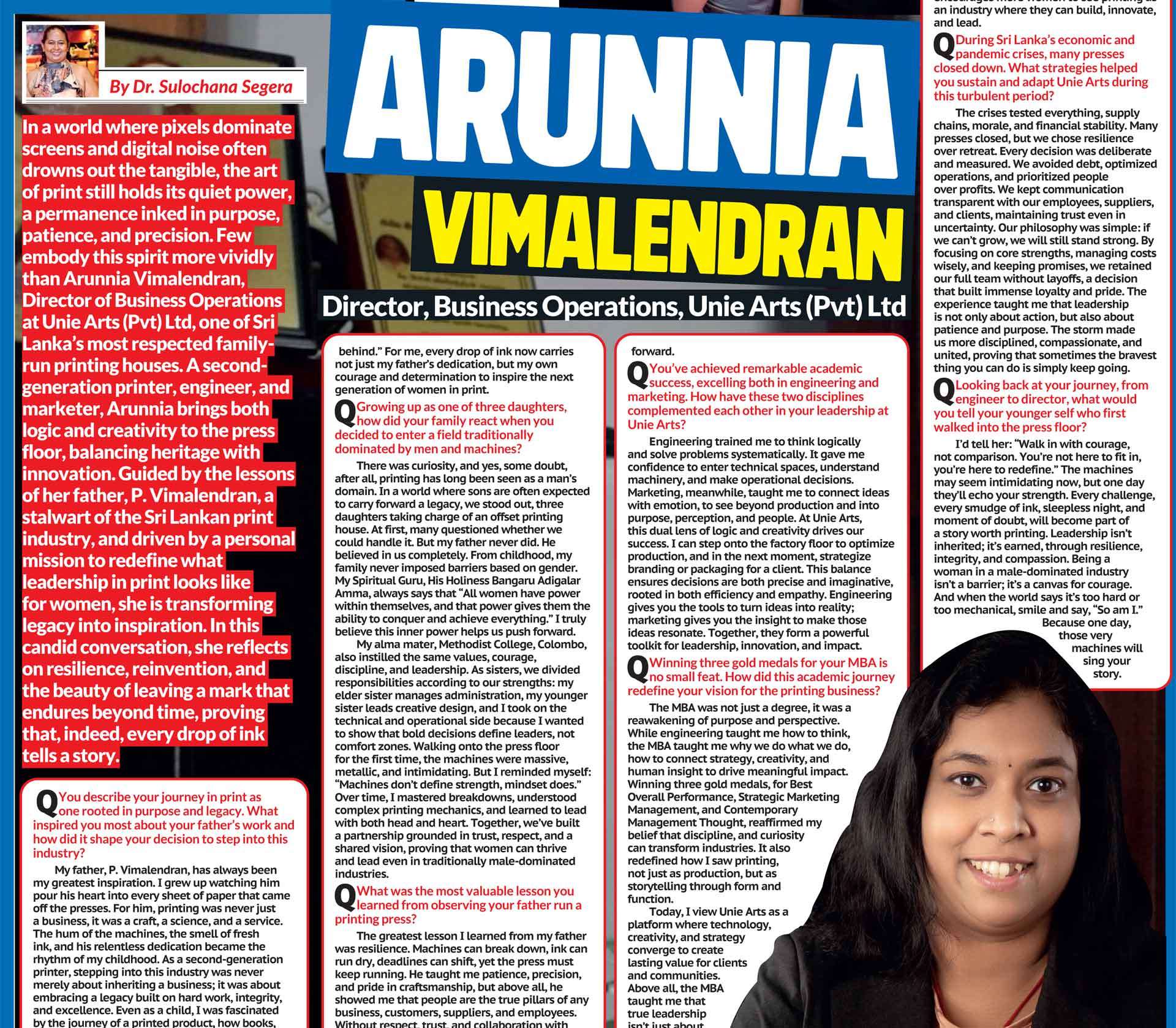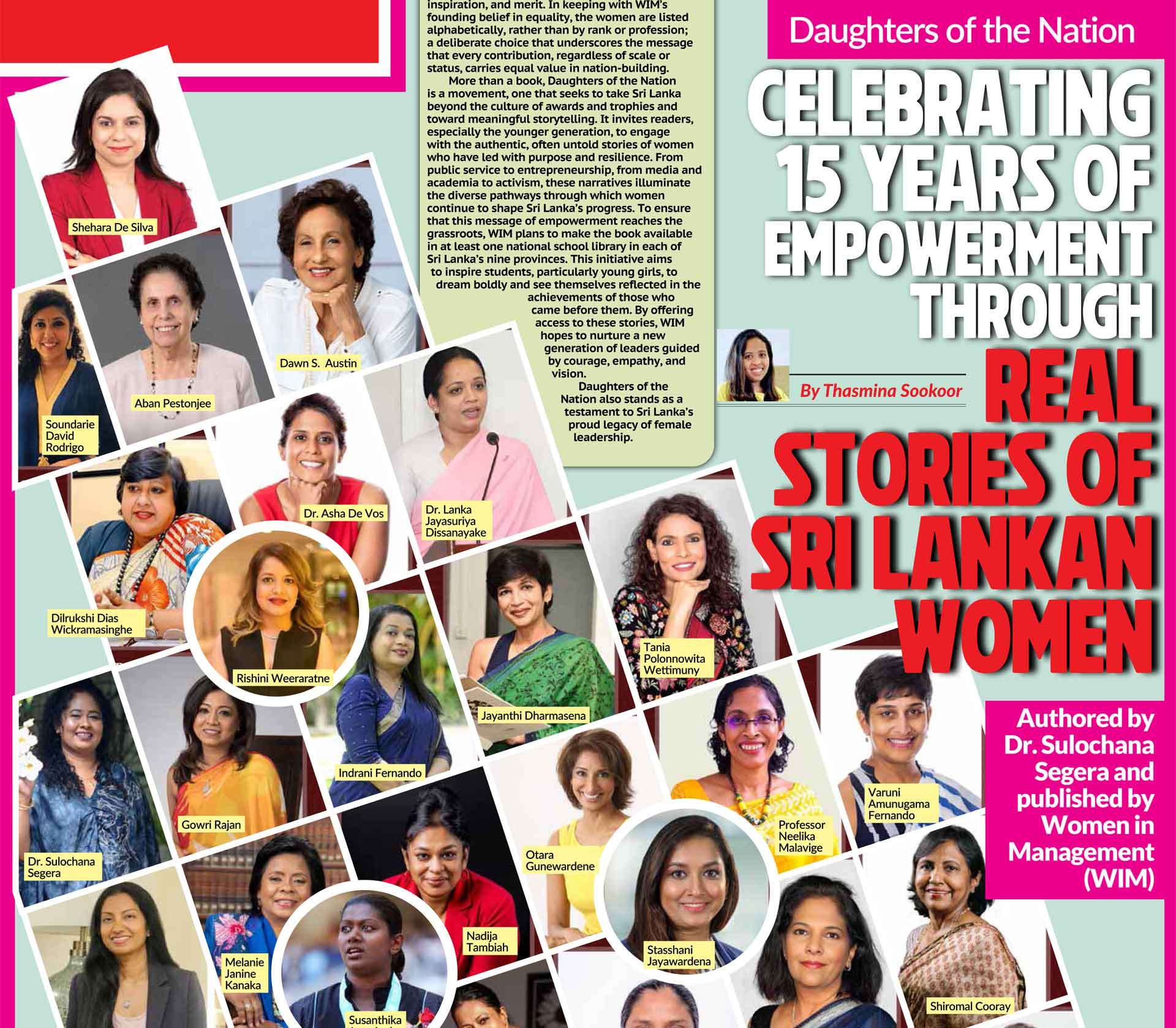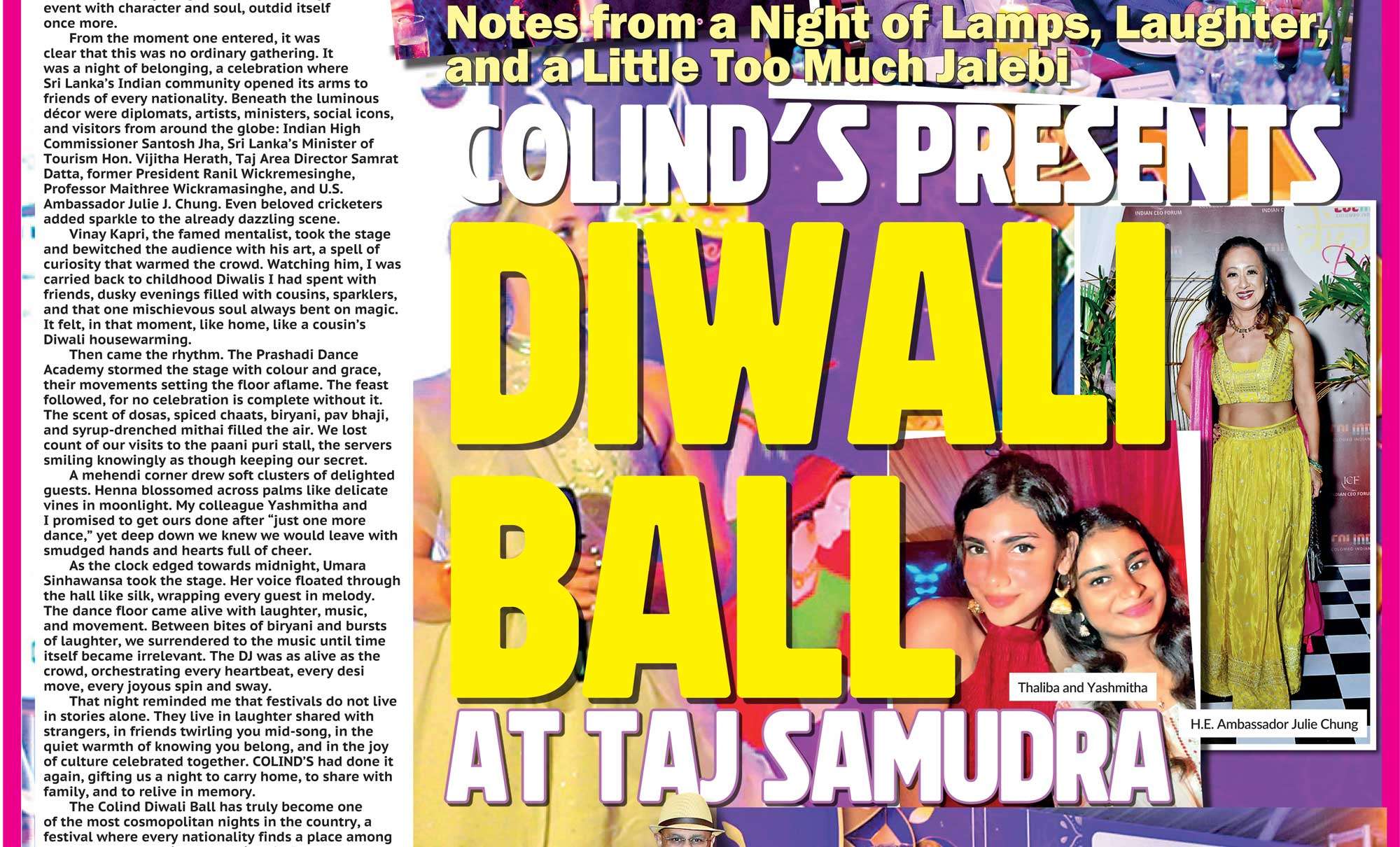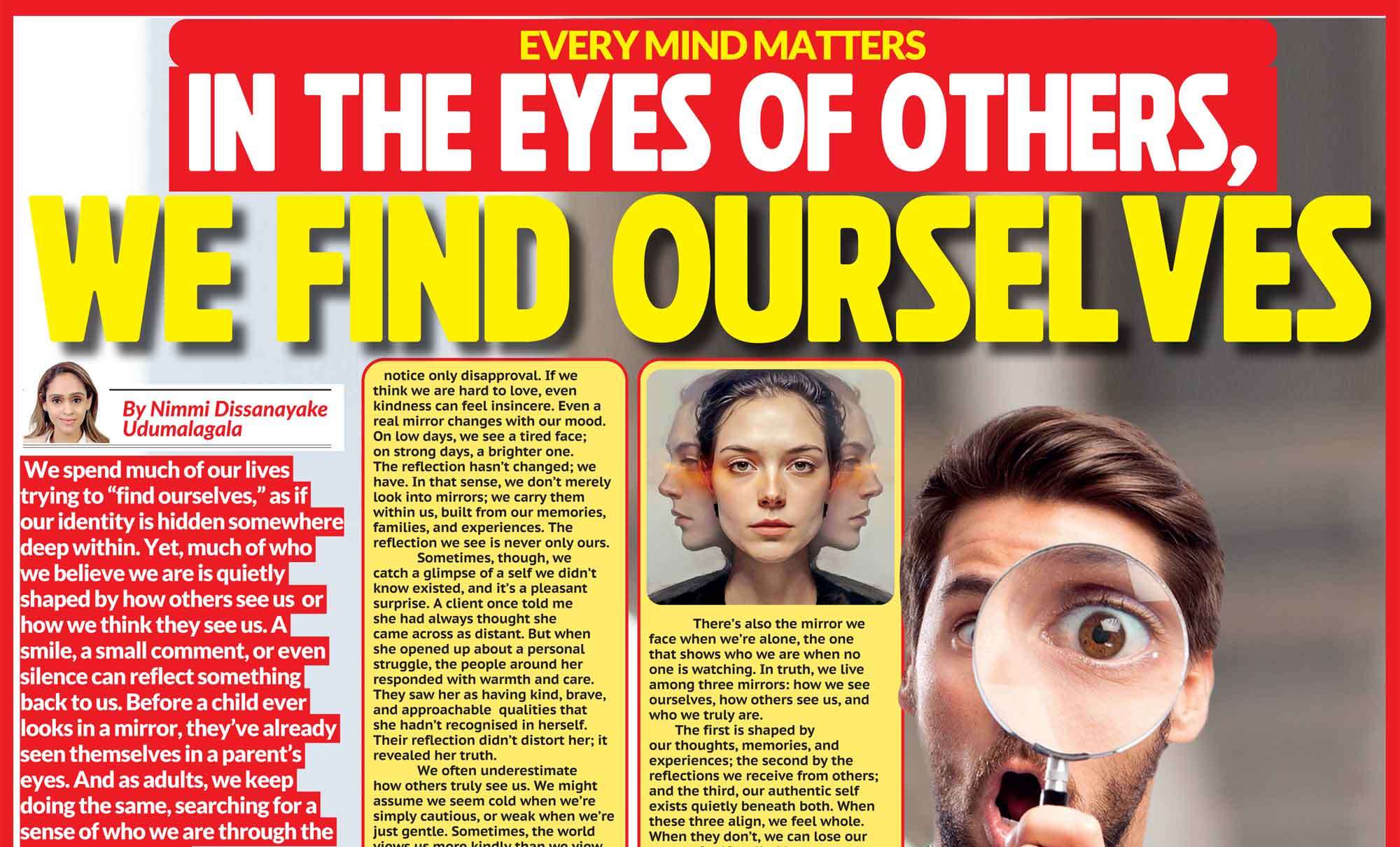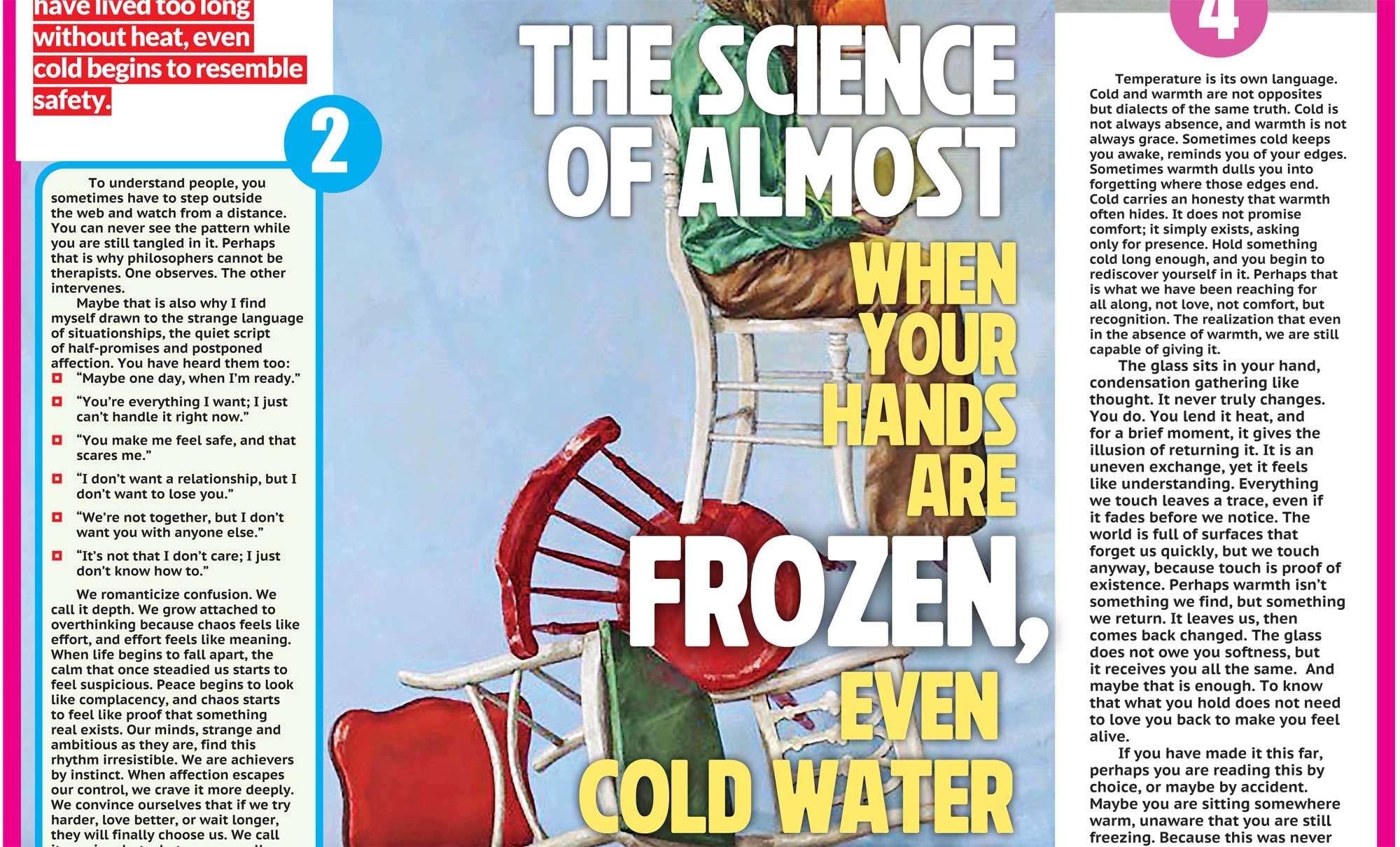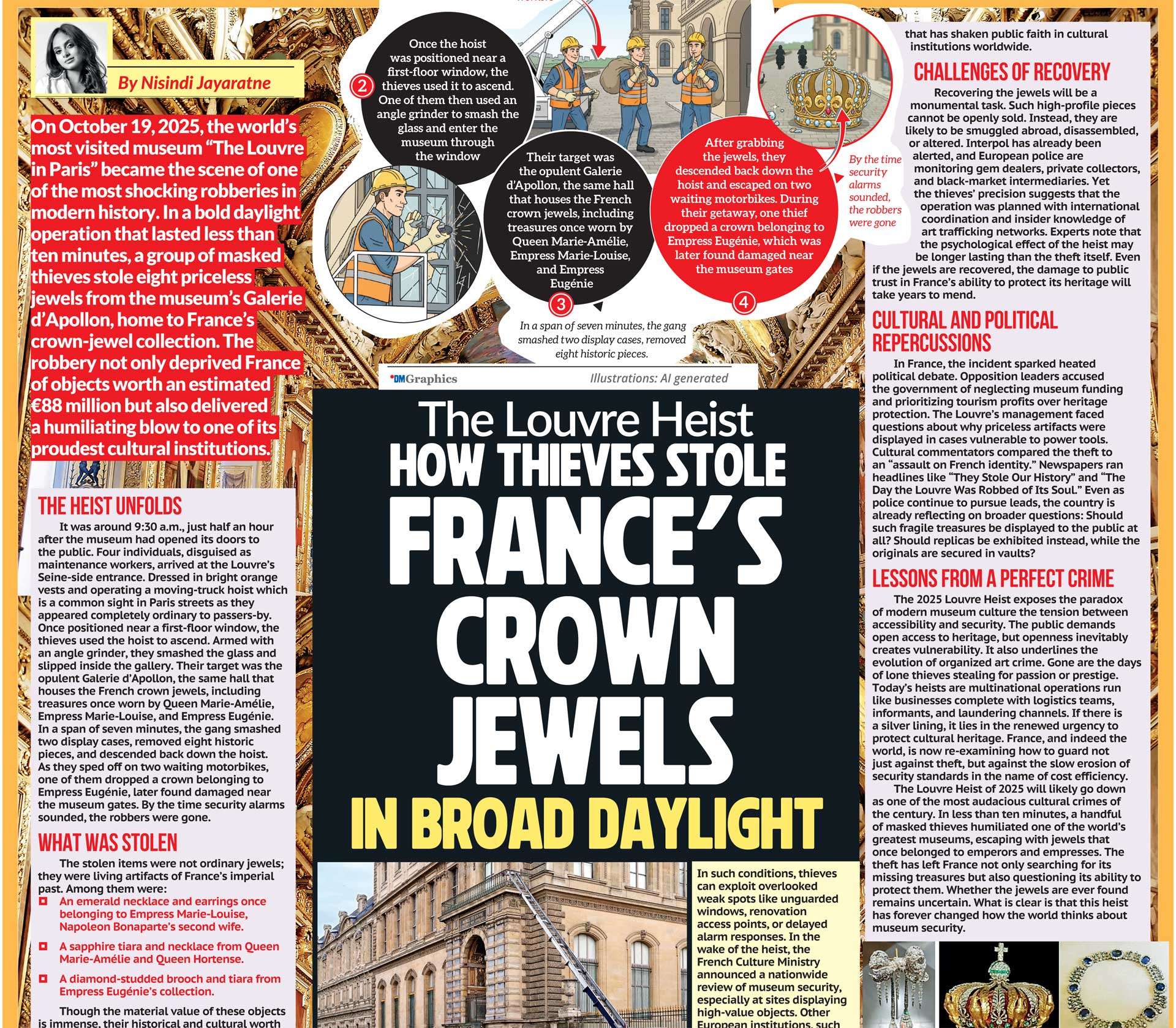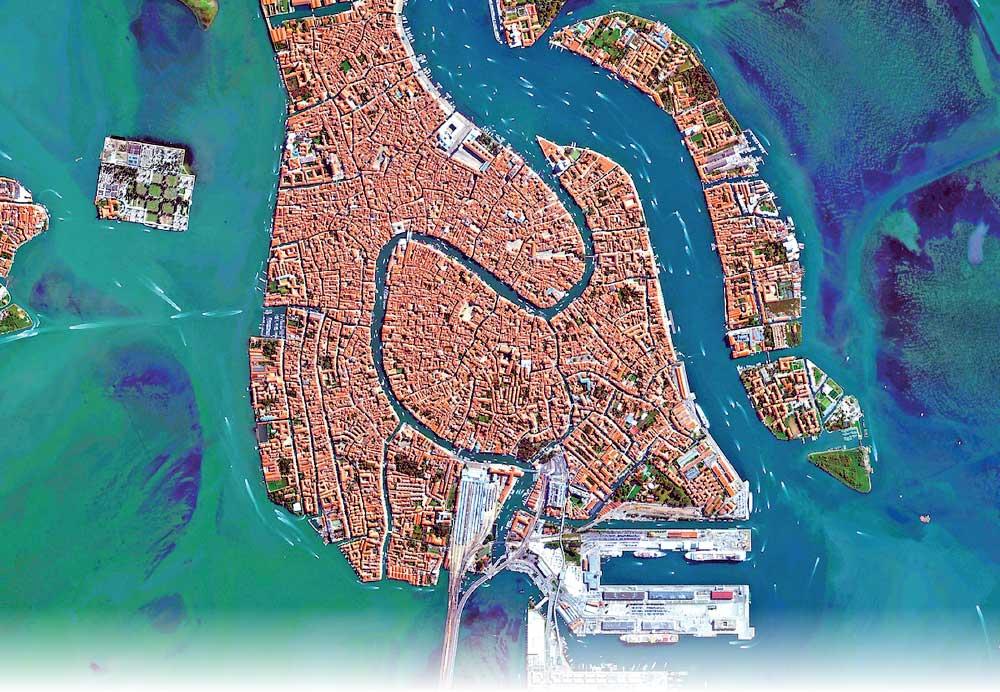
Imagine a place where there are no cars, no roads just canals weaving between centuries-old buildings, and the only traffic you’ll encounter is a gondola gliding past, its oars slicing gently through emerald-green water. The city smells of salt and stone, sounds of seagulls and violins fill the air, and every corner feels like a scene from a painting. Welcome to Venice, Italy a city so unique, so impossibly romantic, and so steeped in history that it often feels too magical to be real. Built on more than 100 small islands in a lagoon of the Adriatic Sea, Venice is a marvel of engineering, culture, and human resilience. It is a place that doesn’t just live in the present it exists simultaneously in the past, with whispers of masked balls, doges, and merchants echoing through its winding alleyways. But don’t be fooled: Venice is very much alive, and she’s ready to show you a side of herself that goes far beyond tourist brochures.
Let’s begin with this: Venice should not exist.
The city was founded in the 5th century by refugees fleeing invading Germanic tribes. They settled in a marshy, mosquito-infested lagoon, driving wooden stakes into the seabed to build their homes. Those wooden stakes still hold up many of the buildings today, preserved underwater by a lack of oxygen. It was an act of defiance against nature and history and somehow, it worked. Venice became one of the most powerful trading empires in the world by the Middle Ages, its ships controlling vast swaths of the Mediterranean. Walk through St. Mark’s Square, and you’ll understand its former glory. Marvel at the golden mosaics of St. Mark’s Basilica, the ornate gothic elegance of the Doge’s Palace, and the towering Campanile that watches over the city like a sentinel. Venice wasn’t just built it was crafted.
The first time you board a vaporetto (a water bus) or a sleek black gondola, it hits you: this city moves differently. The canals serve as streets. The sidewalks are narrow. There are more bridges (over 400!) than intersections. The Grand Canal, the city’s main artery, snakes through Venice like a lazy river, lined with buildings that date back hundreds of years. They appear to float on the water, their facades peeling in the most beautiful way as if proudly displaying their age. What’s striking isn’t just how pretty Venice is, it’s how quiet. With no cars or scooters, there’s an eerie serenity to it. You hear footsteps, bells ringing from distant churches, water lapping against stone. It’s like the world slowed down just for this place.
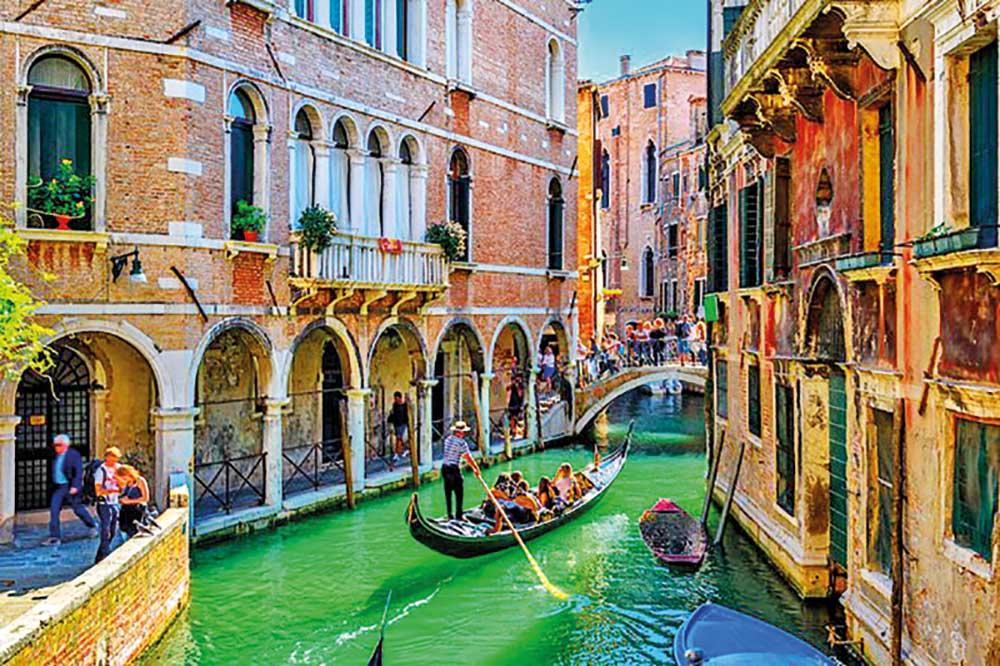
To visit Venice is to step into a storybook and sometimes, into a masquerade.
The Venetian Carnival, held every February, is a time when the city transforms into a parade of mystery. People dressed in baroque costumes and elaborate masks walk the streets like time travelers. The tradition dates back centuries, when masks allowed citizens to temporarily forget social boundaries. Even today, a visit to a traditional mask shop reveals how serious Venetians are about their art: each mask is hand-painted, symbolic, and often custom-designed.
Then there are the gondoliers. Wearing striped shirts and straw hats, these oar-masters don’t just ferry people they perform. They might sing a traditional song or narrate stories of Venetian legends as you glide beneath arched bridges. Each gondola is a piece of heritage, passed down through generations. And while it may be touristy, there’s a certain romance to floating through a city on a boat built for dreams.
Yes, Venice can be crowded. But step off the beaten path, and a more intimate version of the city appears. Wander into the neighborhood of Cannaregio, where locals sip espresso on quiet squares, children play near fountains, and laundry flutters like flags above cobblestone lanes. Visit the Jewish Ghetto, the first of its kind in Europe, and feel the weight of history pressed into the stone.
Or hop on a boat to the nearby islands of Murano and Burano. Murano is known worldwide for its glass-blowing artisans’ step inside a studio, and you’ll see glowing molten glass transformed into art. Burano, on the other hand, is a rainbow. Every house is painted a different vibrant color, said to help fishermen find their way home in the fog. These islands remind you that Venice isn’t just about marble and gold. It’s about craft, color, and quiet.
You haven’t truly been to Italy if you haven’t eaten like an Italian and Venice offers a unique taste of the country’s cuisine.
Here, seafood rules the table. Try sarde in saor (sweet and sour sardines), or bigoli in salsa, a rich pasta dish made with anchovies and onions. In local bacari (wine bars), you’ll find cicchetti Venetian tapas served with a small glass of wine, called an ombra. Locals stand elbow-to-elbow at the bar, chatting over plates of marinated artichokes, fried mozzarella, and fresh octopus. No reservations, no menus just eat what’s fresh, and toast with a grin. And of course, there’s gelato. Pick a quiet canal, sit on the edge, and watch the boats drift by as pistachio and lemon melt on your tongue.
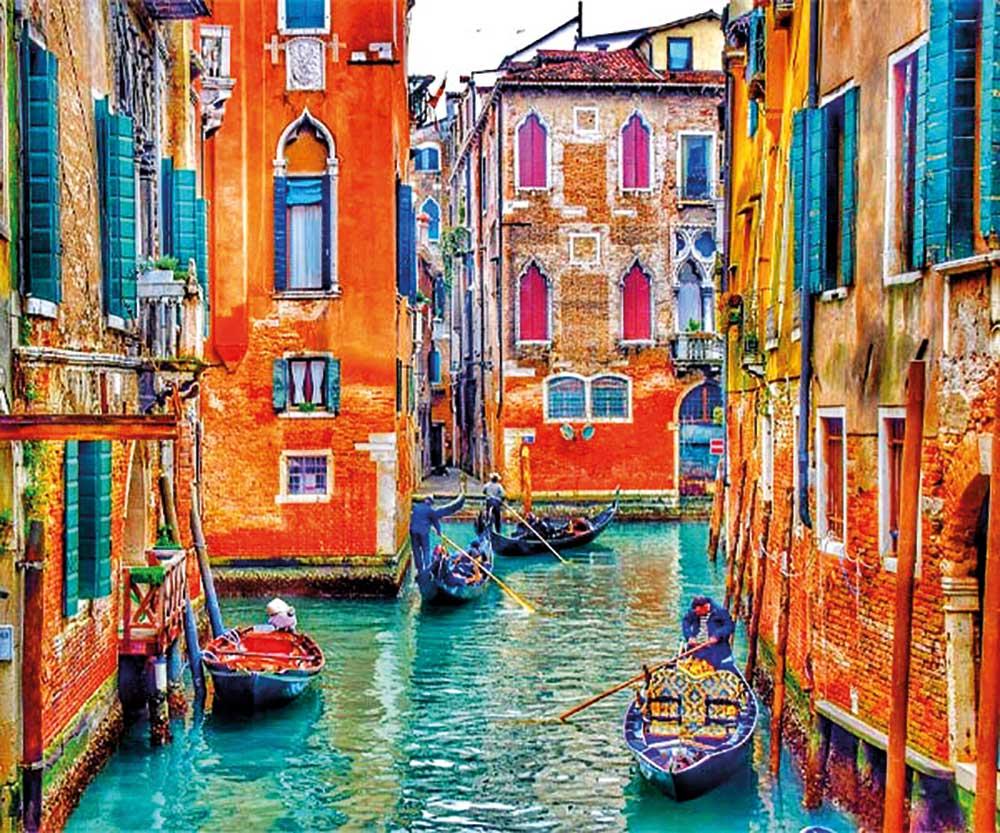
Venice is a city designed for getting lost and that’s not a flaw, it’s a feature.
The alleys twist and turn without logic. Google Maps often fails you. But that’s the point. Around every corner is a surprise: a secret courtyard, a crumbling chapel, a tiny bookshop selling vintage maps and old love letters. One moment, you’re in a bustling piazza. The next, you’re alone on a bridge, watching moonlight dance on the canal. Venice teaches you to slow down, to wander without purpose, to let the city guide you.
Venice, for all its beauty, is fragile. The city is slowly sinking about 1–2 millimeters per year and climate change has made flooding more frequent. Venetians have fought back with engineering marvels like MOSE, a system of underwater barriers designed to protect the lagoon.
But more than technology, it’s the people who keep the city alive. Artists, shopkeepers, gondoliers, and bakers who refuse to leave, who believe that a place like this must be preserved not just as a museum, but as a living, breathing city. Visiting Venice isn’t just travel. It’s a vote of confidence in the human spirit.
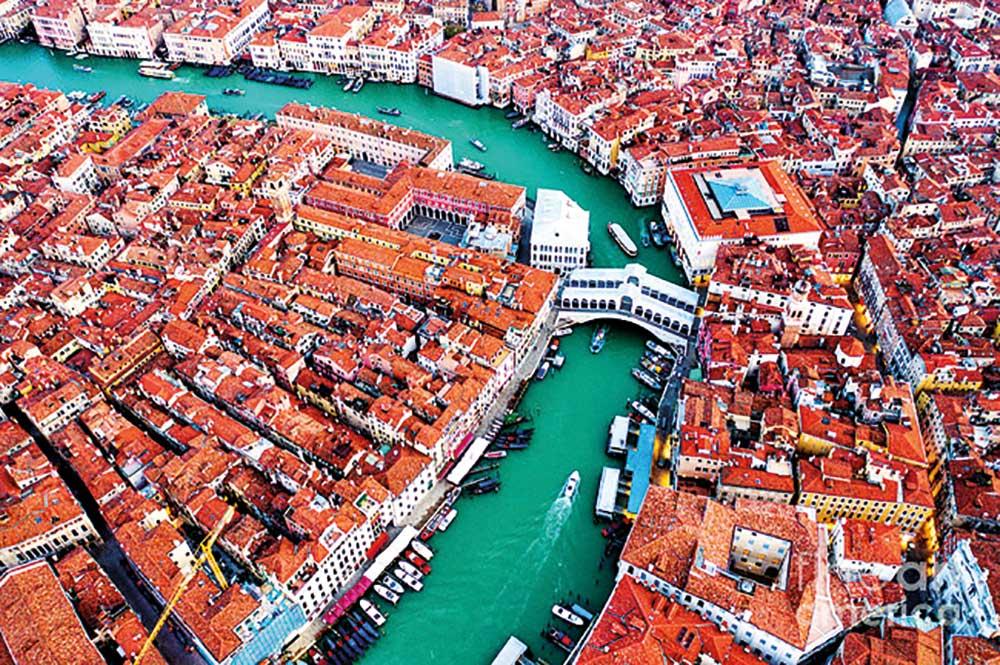
Venice cannot be explained. It must be felt.
It’s in the echo of footsteps down an empty alley. In the shimmer of water reflecting sunset-lit buildings. In the scent of salt, stone, and espresso. In the way strangers become friends over shared confusion at a dead-end canal. Venice isn’t just a city. It’s a dream that insists on staying awake. So, if you ever need a reminder that magic still exists in the world, book a ticket to the Floating City. Walk its bridges. Drift its canals. Get lost in its labyrinth. And when you leave, don’t say goodbye. Just say, “Arrivederci.” Because Venice always finds a way to call you back.
